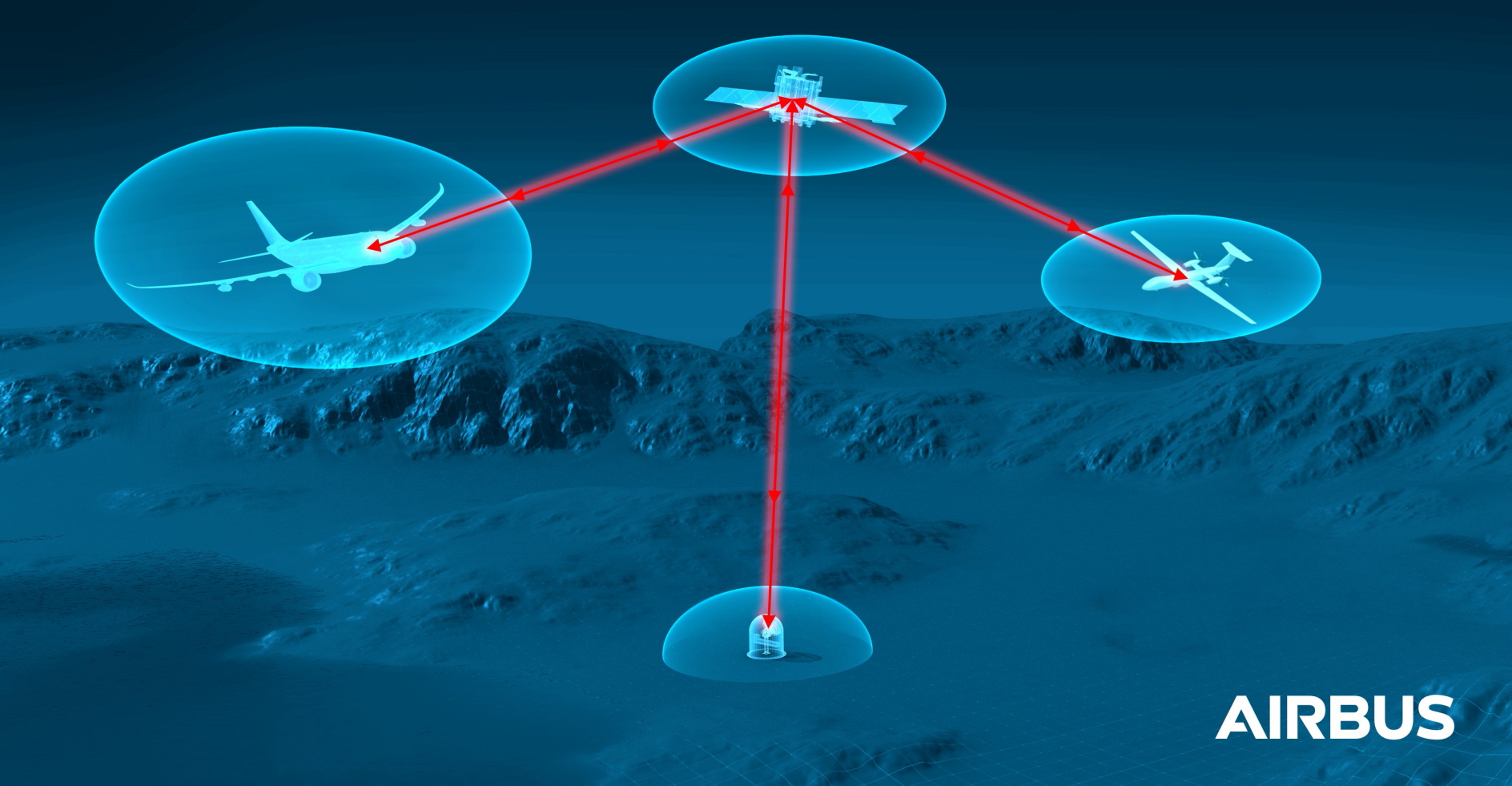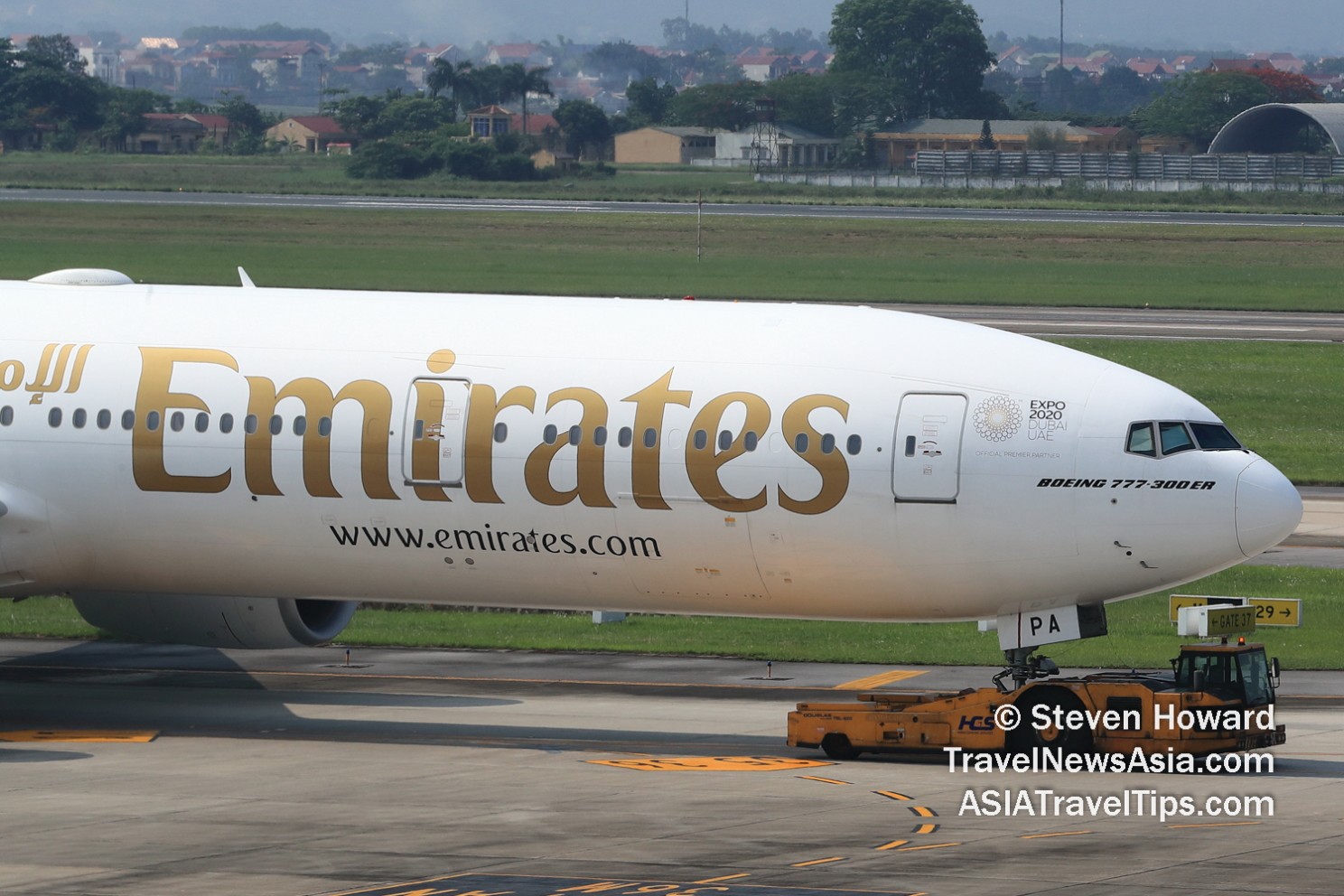Airbus has signed a partnership agreement with
VDL Group, a Dutch high-tech industrial supplier, for the development and manufacturing of a laser
communication terminal for aircraft, known as UltraAir.
Based on the development led by Airbus and the
Netherlands Organisation for Applied Scientific Research (TNO),
the two companies will now prepare a demonstration of a prototype
and a first flight test in 2024.
Together they will further industrialise the
prototype in order to make it ready for integration with a hosting
aircraft. VDL brings design for production to the partnership and
will manufacture critical systems. An on-aircraft flight test of this industrialised
prototype is planned for 2025.
UltraAir will enable the exchange of large amounts
of data using laser beams in a network of ground stations and
satellites in geostationary orbit at 36,000 km above the earth. With an
advanced
optical mechatronic system, the laser terminal will pave the way
for data transmission rates that could reach several
gigabits-per-second while providing anti-jamming and low
probability of interception.
UltraAir will allow military aircraft
and UAVs (Unmanned Aerial Vehicles) to connect within a
multi-domain combat cloud thanks to laser-based satellite
constellations such as Airbus’ SpaceDataHighway.
The development is a key
milestone in the roadmap of Airbus’ overall strategy to drive
laser communications further, which will bring forward the
benefits of this technology as a key differentiator for providing
multi-domain combat collaboration for government and defence
customers.
In the longer term, UltraAir could also be implemented
on commercial aircraft to allow airline passengers to establish
high-speed data connections.
Regarded as the solution for data traffic in the
quantum age, laser communication technologies are the next
revolution in satellite communications (satcom).
As satellite
bandwidth demand is growing, the traditional satcom
radio-frequency bands are experiencing bottlenecks. Laser
communication brings 1,000 times more data, 10 times faster than
the current network.
Laser links also have the benefit of avoiding
interference and detection, as compared to already-crowded radio
frequencies they are extremely difficult to intercept due to a
much narrower beam.
Laser terminals can therefore be lighter, consume
less power and offer even better security than radio.
Co-financed by Airbus and VDL Group, the UltraAir
project is also supported by the ESA ScyLight (Secure and Laser
Communication Technology) programme and by the “NxtGen Hightech”
programme, as part of the Dutch Growth Fund, led by TNO and a
large group of Dutch companies.




